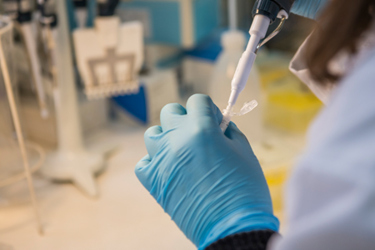Transferring Potency Assays From Lab To GMP Production: 5 Key Strategies For Success
By Audrey Chang

Transferring potency assays is a complex yet essential step in the development and manufacturing of biological products, particularly in cell and gene therapies (CGTs). These assays are critical for evaluating product efficacy, quality, and stability, directly impacting regulatory approval and commercial success. Unlike biosafety assays, potency assays must be specifically tailored to each product, making their transfer highly specialized and challenging.
Successfully transferring a potency assay requires careful planning, technical expertise, and a deep understanding of the assay’s role in product characterization. Variations in methodologies, instrumentation, reagents, and analyst training can introduce inconsistencies, making standardization and validation crucial. Ensuring alignment between sending and receiving laboratories, maintaining assay robustness, and effectively managing regulatory expectations are key to a smooth transition.
With extensive experience in managing assay transfers across diverse sources and development stages, we have identified five critical factors that can significantly impact the success of potency assay transfers. By addressing these factors early in the process, companies can mitigate risks, streamline development timelines, and ensure consistent, reliable results throughout the product lifecycle.
Get unlimited access to:
Enter your credentials below to log in. Not yet a member of Outsourced Pharma? Subscribe today.
